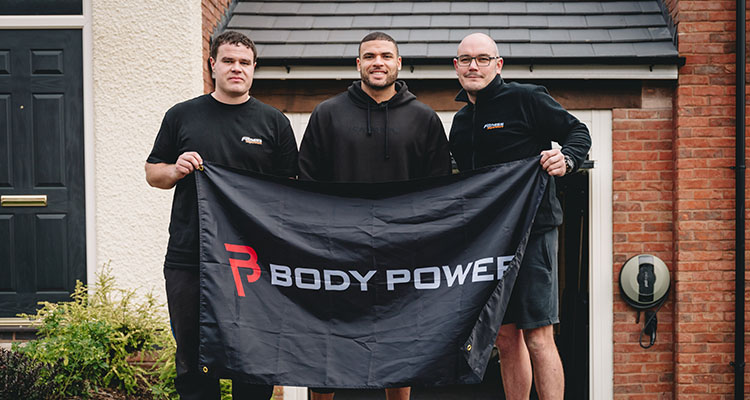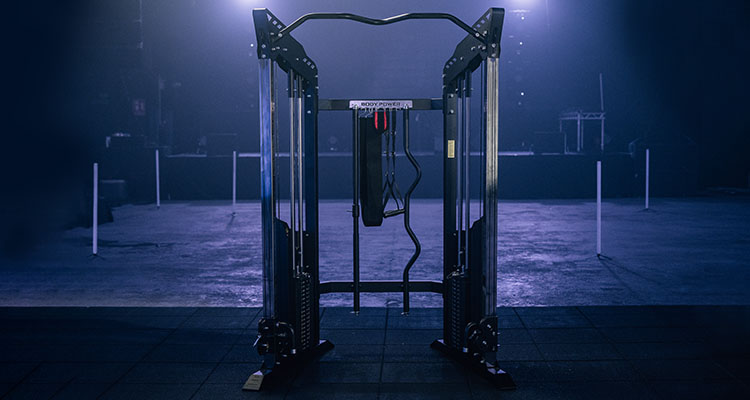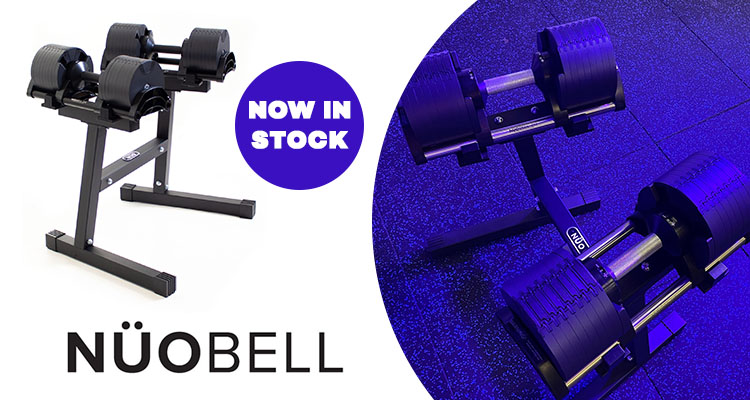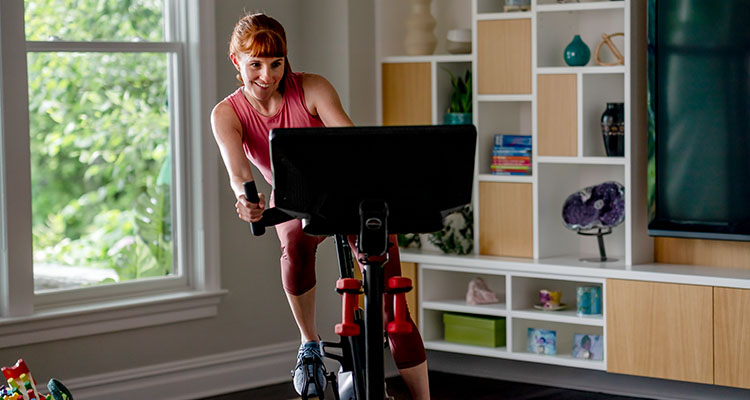How to Incorporate Stretching Into Your Routine

Stretching is something that often gets neglected because it’s not considered important, but ultimately this could be a decision that comes back to bite you. Follow the advice of the pros on this one. They don’t preach about the importance of stretching for no reason!


Why do we need to stretch?
It might seem like a laborious task, but stretching is absolutely key for a number of reasons. Firstly warming up for exercise to engage your muscles, secondly cooling down after exercise to aid a quicker recovery post-workout, and thirdly in-between your training days to ensure you keep your muscles flexible for full range of motion.Making time to stretch
Let’s be honest, we’ve all got time to spare. Ten minutes of stretching every day isn’t going to cause too much upheaval in our lives. If you can spend longer doing your stretches then by all means do, but as long as you do a little bit every now and then, that should be enough to keep your muscles from becoming tired and damaged.How to stretch
Wondering what to do to get this best stretch? Plenty of information can be found online, but aim to include the following in your routine, as advised by the NHS:- Static stretches: stretching a muscle to the point of mild discomfort and holding that position for 30 seconds or longer.
- Proprioceptive neuromuscular facilitation (PNF): holding a stretch while contracting and relaxing the muscle.
- Dynamic stretch: performing gentle repetitive movements where one gradually increases the range of motion of the movement, but always remains within the normal range of motion.
- Ballistic or bouncing stretches: involves going into a stretch and performing bouncing or jerking movements.








